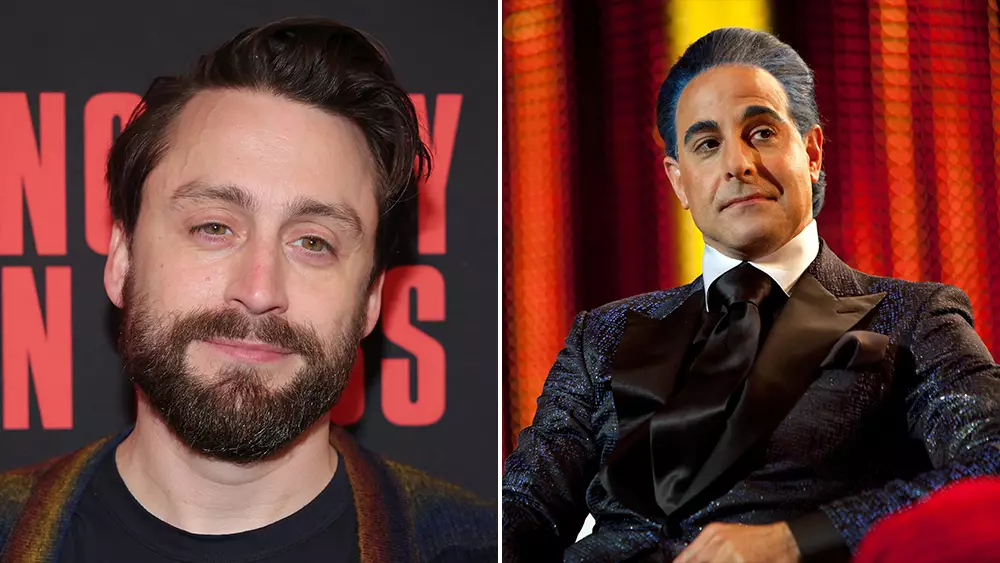Recently, Kieran Culkin captured the media’s attention with his candid and humorous take on his upcoming role as Caesar Flickerman in the eagerly awaited film adaptation of Suzanne Collins’ Hunger Games series. In a playful moment that resonated with fans, he advised them to “lower those expectations.” This flippant statement encapsulates Culkin’s unique personality—where self-deprecation and charm intertwine, making him both relatable and intriguing. His remarks not only display confidence but also signal a level of pressure that comes with stepping into a role made iconic by Stanley Tucci.
Culkin’s humor is a refreshing addition to what may be an intimidating character arc. Fans, expecting his Caesar to be an evolution rather than a mere imitation, might benefit from Culkin’s light-hearted approach. While he may jokingly request that expectations be tempered, this playful banter suggests an awareness of the stakes involved. Culkin’s tenure as Roman Roy in “Succession” showcased his ability to tackle complex characters with finesse, leaving audiences curious yet optimistic about his take on Flickerman.
The Star-Studded Ensemble Behind the Scenes
In “The Hunger Games: Sunrise on the Reaping,” joining Culkin is an impressive cast, including Elle Fanning strides into the shoes of Effie Trinket, and Ralph Fiennes brings depth to President Snow. Each actor carries the dual burden of honoring the legacy of previous portrayals while simultaneously adding their unique flair. This balance is crucial in a series that has carved itself a permanent niche in pop culture.
The role of Haymitch Abernathy will be another focal point, as Joseph Zada steps in to explore the character’s harrowing backstory. The pressure of achieving a successful portrayal is palpable, especially after Woody Harrelson’s embodiment of the character left an indelible mark. The fact that this new chapter is tied to a recent literary release piques interest, with the build-up promising layers of complexity—and potentially, rewarding character arcs.
Creative Collaborations and Narrative Roots
Under the direction of Francis Lawrence, with a screenplay adapted by Billy Ray, there’s a palpable excitement regarding how the narrative will unfold. Fans are keenly aware that adaptations often deviate from their source material; however, the foundation laid by Collins provides a rich tapestry upon which to build. The challenge resides in weaving intricate plot lines while ensuring that character portrayals remain authentic, engaging, and resonant with audiences.
The anticipation reaches fever pitch as we await the film’s release on November 20, 2026. At this juncture, “The Hunger Games” franchise has morphed into a pop cultural phenomenon, and expectations are riding high. The recent success of the prequel, “The Ballad of Songbirds & Snakes,” has set the stage for further explorations of this dystopian world, and fans are eager to see how Culkin navigates the complexities of his role while threading in his comedic sensibilities.
As with any major cinematic endeavor, the intersection of audience expectations and artistic interpretation will be a focal point of discussion leading up to the film’s premiere. Kieran Culkin’s lighthearted take offers a glimpse into the philosophy behind his approach—a blend of humor, humility, and creative ambition that may ultimately enrich the narrative tapestry of this iconic series.

